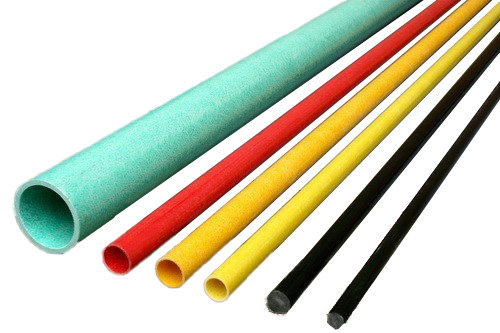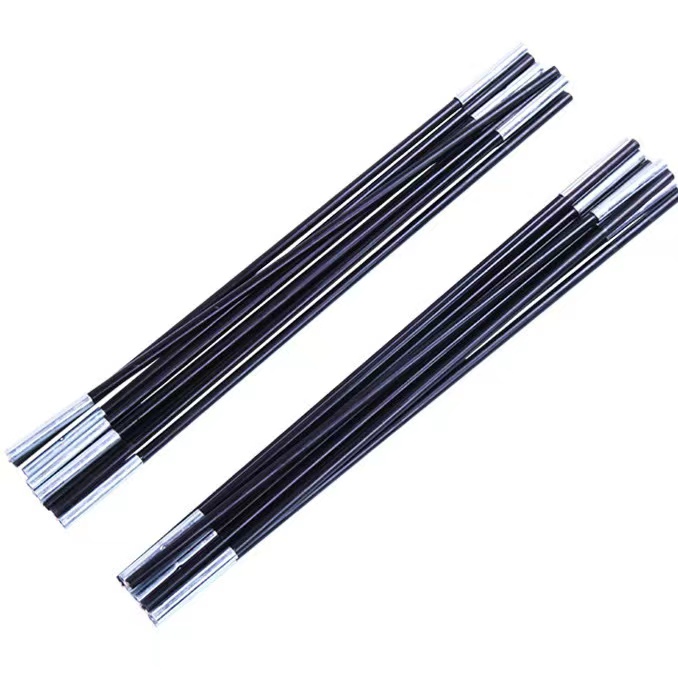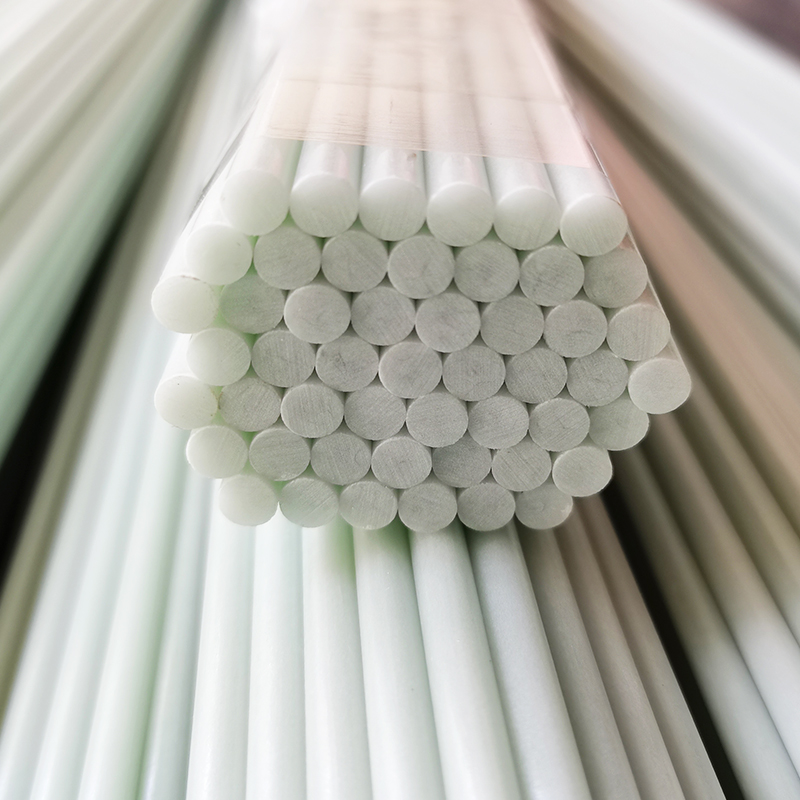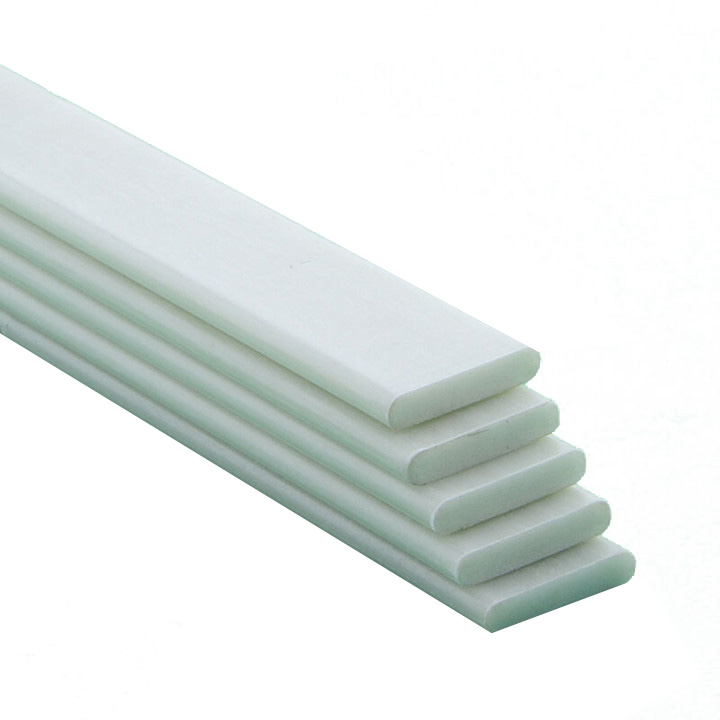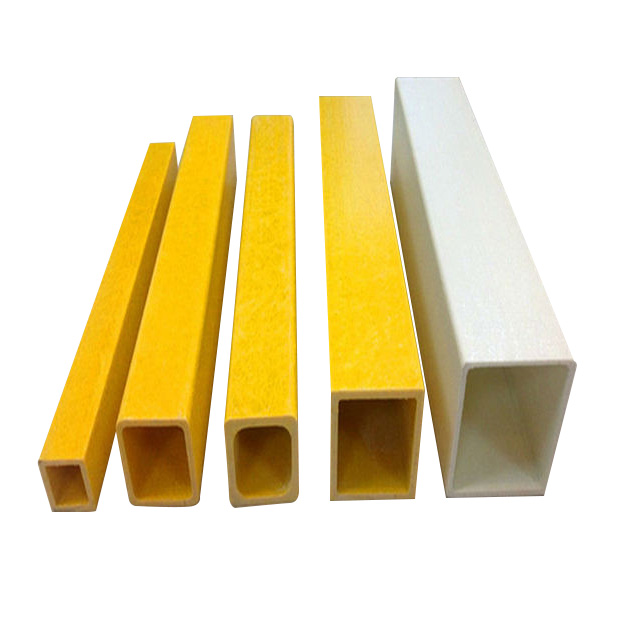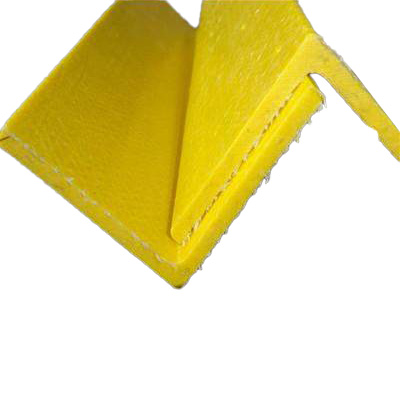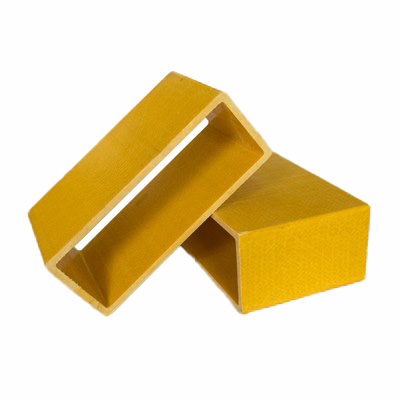FRP L-Angle is a lightweight, durable, and corrosion-resistant structural component designed for various applications in construction, industrial infrastructure, marine environments, and electrical installations. Made from fiber-reinforced plastic (FRP), it provides a superior alternative to traditional materials like steel, aluminum, and wood, offering high strength-to-weight ratio, non-conductivity, and minimal maintenance requirements.
Présentation des performances du produit
This guide covers physical properties, specifications, advantages, disadvantages, and applications de FRP L-Angle to help understand its unique benefits and limitations.
1. Physical Properties of FRP L-Angle
FRP L-Angle is made from continuous glass fiber reinforcements embedded in a polymer resin matrix, which gives it exceptional mechanical strength, chemical resistance, and durability.
1.1. Strength and Durability
-
Rapport résistance/poids élevé – Offers comparable strength to steel at a fraction of the weight.
-
Flexural and Tensile Strength – Can resist significant bending and pulling forces without deformation.
-
Résistance aux chocs – Absorbs shocks and vibrations better than brittle materials like concrete or aluminum.
1.2. Corrosion and Weather Resistance
-
Corrosion-Resistant – Does not rust or degrade when exposed to moisture, chemicals, or industrial pollutants.
-
UV Resistant – Special coatings protect against sun exposure and prevent degradation over time.
-
Résistance chimique – Withstands exposure to harsh industrial chemicals, acids, and alkalis.
1.3. Electrical and Thermal Insulation
-
Non conductrice – Unlike metal, FRP L-Angle does not conduct electricity, making it ideal for electrical enclosures.
-
Isolation thermique – Low thermal conductivity helps in temperature-sensitive applications.
1.4. Fire Resistance
-
Fire-Retardant Options Available – Special formulations meet fire safety standards.
-
Low Smoke and Toxicity – Some grades emit minimal smoke and toxic fumes in case of fire.
2. Specifications and Dimensions
2.1. Standard Dimensions
FRP L-Angle is available in various sizes to accommodate different structural needs.
-
Leg Lengths: From 25 mm × 25 mm (1” × 1”) to 150 mm × 150 mm (6” × 6”)
-
Épaisseur: Ranges from 3 mm (1/8”) to 12 mm (1/2”)
-
Longueur: Standard 3m (10ft) and 6m (20ft), with custom lengths available.
2.2. Material Composition
-
Fibers:
-
E-glass (most common) – Good strength and affordability.
-
S-glass (higher performance) – Increased tensile and impact strength.
-
Carbon fiber (specialty applications) – Exceptional stiffness and lightweight properties.
-
-
Resins:
-
Polyester – Cost-effective and versatile.
-
Ester vinylique – Superior chemical and corrosion resistance.
-
Epoxy – High mechanical performance and adhesion.
-
Phénolique – Fire-resistant and low smoke emission for safety-critical applications.
-
2.3. Mechanical Properties (Typical Values)
| Propriété | Typical Value |
|---|---|
| Résistance à la traction | 200-600 MPa |
| Résistance à la flexion | 200-500 MPa |
| Résistance à la compression | 200-550 MPa |
| Densité | 1.5-2.0 g/cm³ |
| Modulus of Elasticity | 20-35 GPa |
3. Advantages of FRP L-Angle
3.1. Lightweight and Easy to Handle
-
Up to 70% lighter than steel for easy transportation and installation.
-
Reduces labor and lifting equipment costs.
3.2. Corrosion and Chemical Resistance
-
Perfect for harsh environments such as marine, chemical plants, and wastewater treatment facilities.
-
No rusting, rotting, or degradation over time.
3.3. Electrical and Magnetic Safety
-
Non conductrice – Safe for power stations, railway tracks, and MRI facilities.
-
Non-Magnetic – Suitable for medical and precision instrumentation facilities.
3.4. Low Maintenance and Longevity
-
No painting or coating required, unlike steel.
-
Mold, mildew, and termite-resistant, unlike wood.
3.5. Easy Fabrication and Installation
-
Easily cut, drilled, and assembled with standard tools.
-
No welding required, reducing labor costs and installation risks.
3.6. Sustainable and Cost-Effective
-
Longer lifespan than steel or wood, reducing replacement frequency.
-
No need for expensive corrosion treatments, lowering overall costs.
4. Disadvantages of FRP L-Angle
4.1. Higher Initial Cost
-
More expensive than steel or aluminum on a per-unit basis.
-
However, lower maintenance costs can offset the higher upfront expense.
4.2. Lower Stiffness Compared to Steel
-
More flexible than steel, requiring additional supports in high-load applications.
-
Not ideal for heavy structural loads without reinforcement.
4.3. UV Degradation Without Protection
-
Prolonged exposure can cause fading or surface degradation.
-
Requires UV-resistant coatings for long-term outdoor applications.
4.4. Limited High-Temperature Resistance
-
Standard FRP begins to soften above 150-200°C, whereas steel can withstand much higher temperatures.
-
Fire-retardant versions available, but at a higher cost.
4.5. Recycling Challenges
-
Difficult to recycle due to the composite nature of FRP.
-
Limited options for eco-friendly disposal.
5. Applications of FRP L-Angle
5.1. Industrial and Infrastructure Applications
-
Structural Support – Used in walkways, platforms, and reinforcement structures.
-
Chemical Processing Plants – Withstands harsh chemicals without corroding.
-
Wastewater Treatment Facilities – Ideal for moisture-rich environments.
5.2. Marine and Offshore Uses
-
Dock and Pier Construction – Saltwater-resistant alternative to steel and wood.
-
Boat Hull Reinforcement – Used for lightweight, durable framing.
5.3. Construction and Building Applications
-
Framing and Supports – Used in roof structures, flooring, and walls.
-
Bridges and Roadside Barriers – Lightweight yet strong for pedestrian bridges.
5.4. Electrical and Telecommunications
-
Power Distribution Infrastructure – Non-conductive for substations and power plants.
-
Telecommunication Enclosures – Supports radio and communication equipment.
6. Conclusion
FRP L-Angle is a versatile, corrosion-resistant, and lightweight alternative to traditional materials like steel, aluminum, and wood. It offers superior durability, easy installation, and minimal maintenance, making it ideal for industrial, marine, construction, and electrical applications.
FRP L-angle
Série :
Principaux produits >application
Industrial Applications,Marine & Offshore,Infrastructure & Construction,Electrical & Telecommunication
Marque :
TFcomposite
Nom du produit :
FRP L-angle
Matériel :
Fibre de verre
Couleur :
Gray,Other
FAQ
Q :
How long do FRP Special-Shaped Parts last?
UN :
FRP Special-Shaped Parts have a service life of 25+ years, significantly outlasting many traditional materials such as wood (5-10 years) or steel (10-15 years, depending on conditions).
Q :
Can FRP Special-Shaped Parts be used outdoors?
UN :
Yes! FRP Special-Shaped Parts are highly UV-resistant and weatherproof, making them ideal for outdoor use in harsh environments like marine applications, chemical plants, and infrastructure.
Q :
What are the typical dimensions and sizes of FRP Special-Shaped Parts?
UN :
The dimensions of FRP Special-Shaped Parts vary greatly depending on the application and design. However, common sizes include: Length: Can be customized based on the project requirements (commonly 3m to 6m). Thickness: Typically 3mm to 50mm or more depending on strength needs. Width: Can be tailored based on the required shape and function (from small profiles to large sheets). Custom shapes such as curved, angled, and hollow profiles can be created to match exact design specifications.
Autres produits connexes






